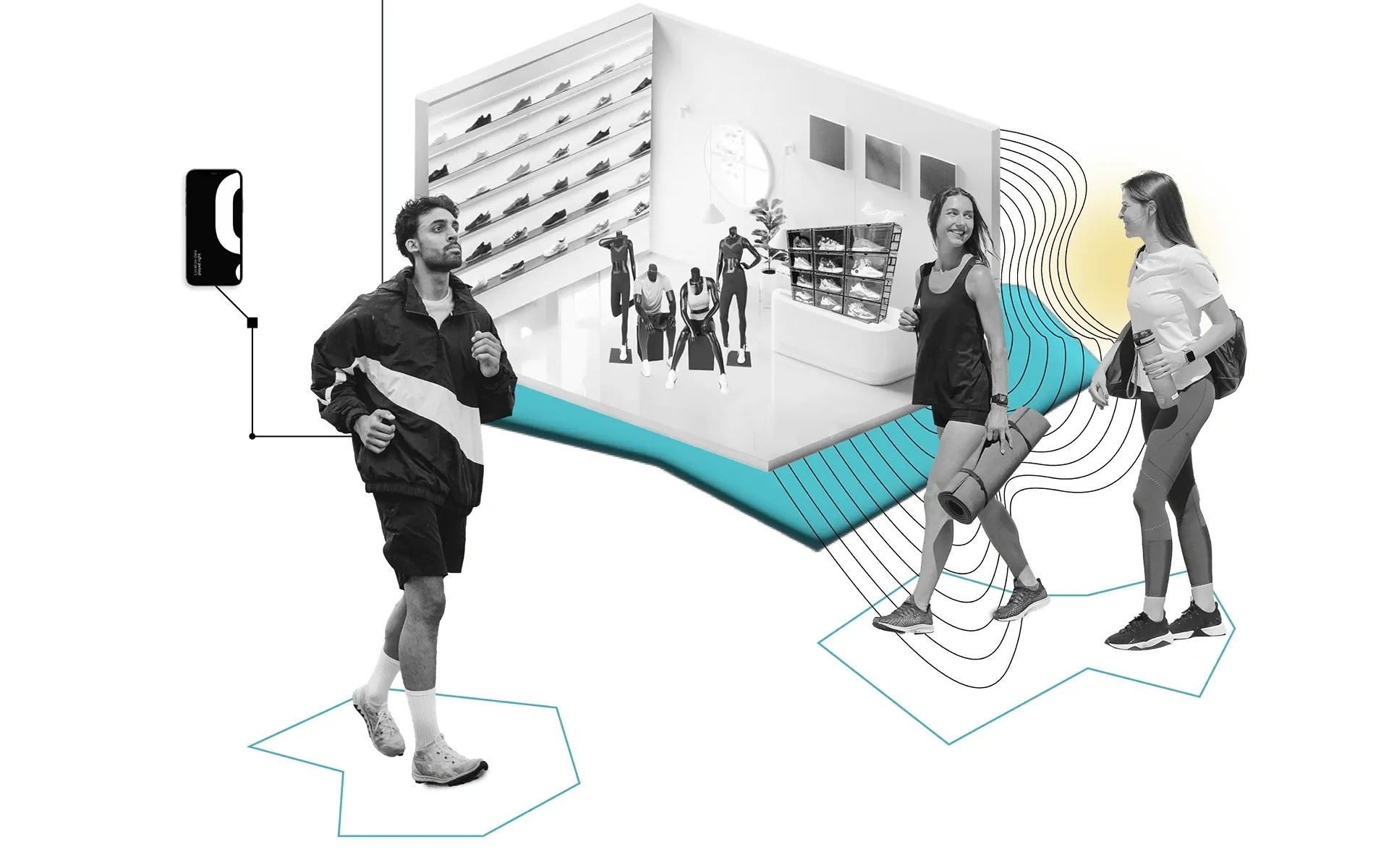Adsquare extends store visit tracking to Austria and Switzerland
Location intelligence platform expands measurement solution to track retail footfall and media attribution in DACH region.

Adsquare announced the expansion of its store visit measurement capabilities to Austria and Switzerland on January 30, 2025, just three days ago. The Berlin-based location intelligence platform aims to provide advertisers with tools to quantify the impact of digital advertising on physical store visits.
According to David Luchtenburg, General Manager for the DACH region at Adsquare, the company's proprietary visit matching methodology maps audience signals onto 2D polygons of store locations. This technical approach enables precise tracking of consumer movement patterns and store visits.
The measurement solution operates by processing mobile location data collected through software development kits (SDKs). The platform delivers daily footfall data directly to advertisers' demand-side platforms (DSPs), facilitating side-by-side analysis of campaign performance and store visits.
The expansion builds upon Adsquare's existing presence across 29 countries in the Americas, EMEA, and APAC regions. For context, the company previously demonstrated the effectiveness of its measurement capabilities through a case study with Walmart Mexico, which reported a 17% year-over-year uplift in store visits across 12 million ad impressions.
The technical infrastructure supporting this measurement solution incorporates several key components. The platform utilizes a map-centric interface for visualizing audience insights and features customizable parameters including look-back windows, index settings, and radius configurations for precise reach calculations.
Data quality measures include the exclusive use of SDK-derived location data, which provides higher accuracy compared to bid stream data. The company maintains what it describes as a balanced panel aimed at achieving true population representation.
To maintain measurement independence, Adsquare's solution operates separately from media buying functions. This decoupled approach aims to ensure unbiased accuracy in attribution reporting.
The platform integrates with multiple DSPs, allowing advertisers to access real-time visit data and optimize campaigns based on actual store visit performance. This capability enables marketing teams to adjust media spend allocations while campaigns are still running.
Privacy considerations feature prominently in the solution's architecture. The platform implements data protection measures at the design level, processing only consented data signals. This approach aligns with increasing regulatory requirements around personal data handling in European markets.
For campaign management, the platform offers end-to-end functionality spanning planning, activation, measurement, and analysis workflows. An integrated help center provides technical support and managed service options for platform users.
The measurement solution delivers several core capabilities for retail advertisers. These include real-time analysis of store visits, performance-based budget adjustments, and access to what the company describes as consented data quality at scale.
Looking at current market adoption, the solution is now available to advertisers and agencies operating in both Austria and Switzerland. This expansion reflects growing demand for movement data analytics in these markets, particularly among retail brands seeking to quantify the offline impact of their digital advertising investments.
The broader DACH region represents a significant market for location intelligence solutions, with advertisers increasingly focused on connecting digital campaign metrics to physical store performance. This expansion by Adsquare indicates continued market development in retail analytics and attribution technologies.
From a technical implementation standpoint, advertisers can access the measurement capabilities through their existing DSP relationships, with the solution designed to integrate into established media buying workflows. This approach aims to minimize additional technical overhead while providing enhanced measurement functionality.
The impact of this expansion extends beyond individual campaign optimization, potentially providing broader insights into consumer movement patterns and retail sector performance in the Austrian and Swiss markets. However, the actual effectiveness of the solution in these new markets will depend on factors including panel size, data quality, and advertiser adoption rates.

